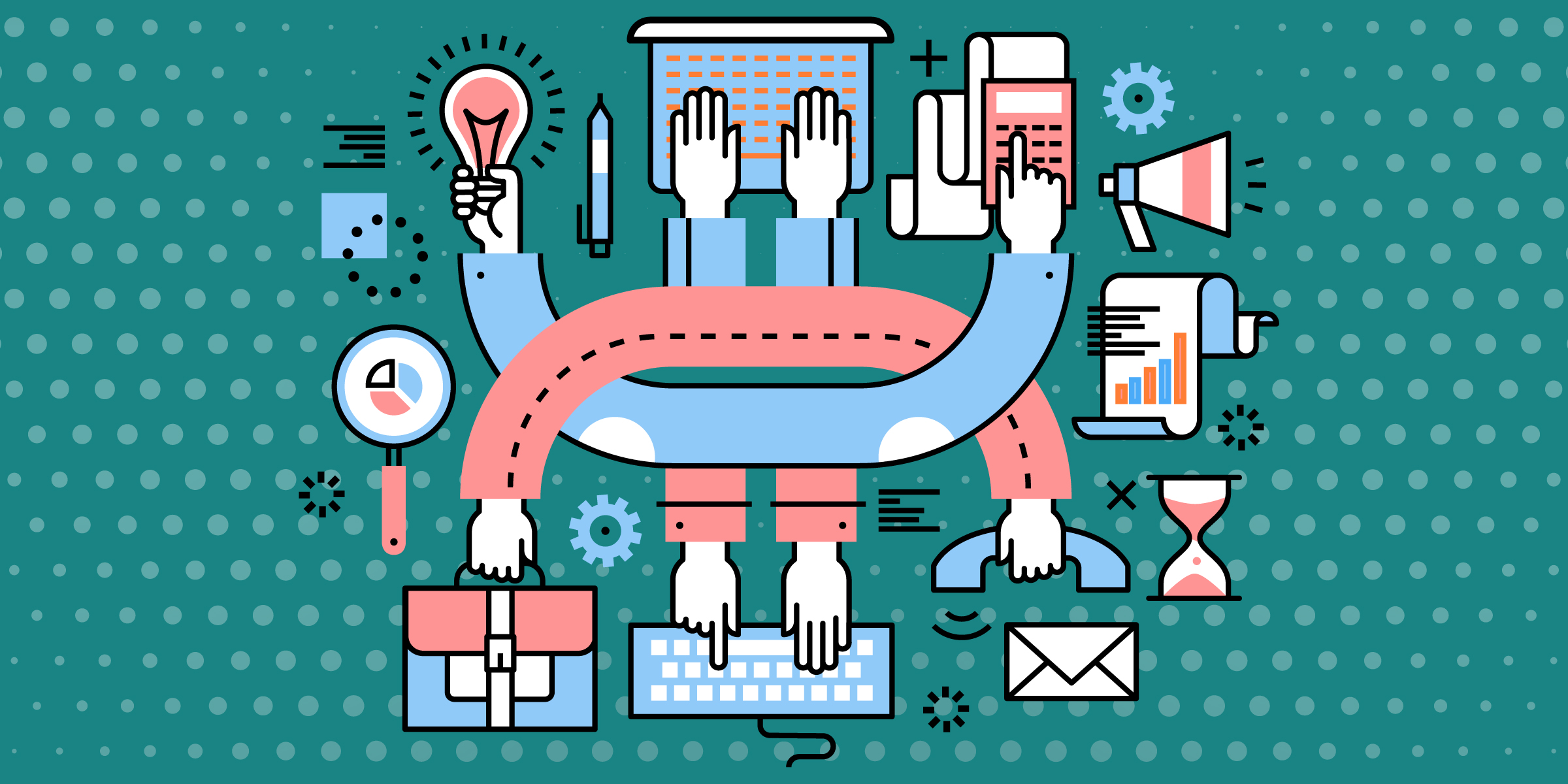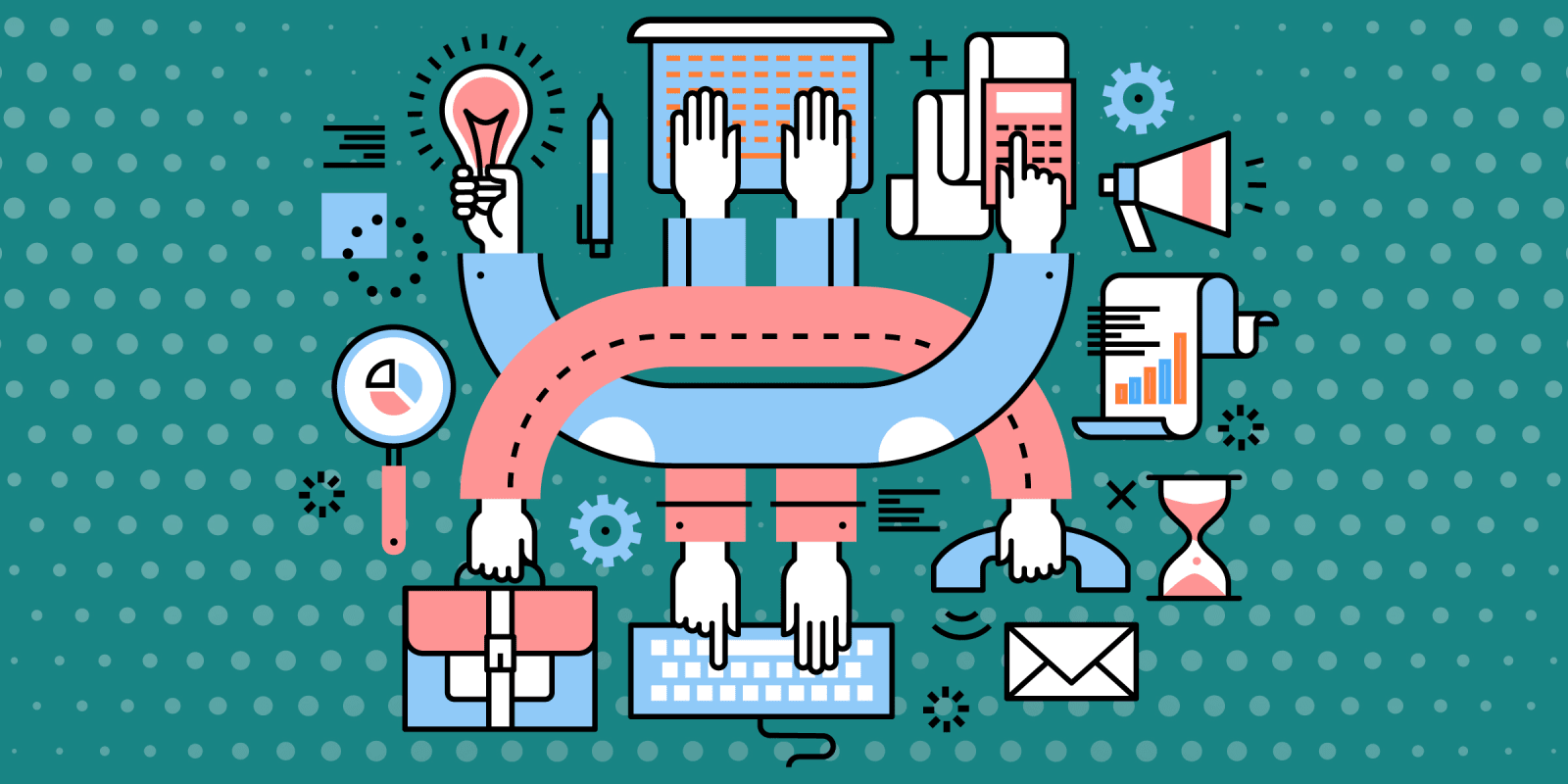
I recently spoke with a colleague who transitioned out of the military in the last year. He was previously excited about his new job opportunity, but now a year later, he tells me, “I hate civilian medicine. I thought my clinical efficiency was great, but it's not enough to keep up with everything."
I was surprised, because he had been excited about the opportunity to teach in a residency program again. He said, “I love teaching, and I love the residents. But, when I’m not teaching, they’ve got me seeing 30 patients a day! How am I supposed to do that and get all of my other stuff done?”
All too often, physicians are struggling at the end of each day to complete all of their tasks. We have to hurry and dictate notes, answer phone calls, write prescription refills, and still get home to spend time with our family. We get 15 minutes with each patient and feel like we have to shortchange the patient by rushing through their appointment.
The only way to get to spend time talking to patients is to be more efficient. Through experience, I’ve learned nine strategies that have helped me revolutionize my own clinical efficiency.
1. Review charts and write notes ahead of time.
This is, by far, the most valuable clinical efficiency strategy that I use. I spend time in the week prior to each clinic visit to review each patient’s chart, read prior notes, and prewrite my new notes.
Based on the referral from their PCP, I know the patient’s chief complaint. So, I write in all of the relevant details provided in the referring physician’s H&P. I even prewrite a lot of my assessments and plans once I have a good enough understanding from my chart review to be able to do so.
For example, my evaluation for hematochezia or uncomplicated GERD tends to follow a standard approach. I write my basic assessment and plan in my note before seeing the patient. Then, I can tweak it as needed after my actual interview with the patient.
By the time of the interview, 80–90% of each note is already done. By prepping the chart beforehand, editing the note takes less than three minutes in most cases.
I finish my note, print a copy for the patient’s procedure or to send to the referring doctor, and move on to the next patient. At the end of the day, my notes are already written, so I answer phone calls or urgent emails, and I’m ready to go home.
2. Master your EMR templates.
Most EMR systems have templates, “dot phrases,” macros, or other options to create shortcuts for inserting standard blocks of text or sections of the H&P. This is especially helpful if you employ standard language for procedure consents or disease education. It’s worth hundreds of hours per year to master your EMR. Here are a few simple tricks to maximize your EMR’s value.
- Take a day and get trained on using the EMR. When I had our IT team train me, I didn’t realize how much I had not known about the program. They showed me things I wouldn’t have even thought to ask. Something as simple as removing buttons from my dashboard that I would never use cut out a lot of wasted time.
- Use auto-coding. If you are personally responsible for your own coding, find out if the EMR has a feature that will automatically generate a code for you. That will save you a lot of time to not have to come up with a code yourself.
- Take advantage of “dot phrases.” Most EMR systems have a way for you to type a preset short word or phrase that converts automatically to a sizable block of text. I do this for standard instructions on procedure preparation and disease education. My EMR doesn’t have this built-in, so I write my paragraphs on a Word document that I can scroll through. Then, I copy the relevant paragraphs and paste them in my note, quickly.
3. Learn to type fast or get good dictation software.
Like it or not, the medical world is going paperless.
Some of my colleagues are extremely slow typists, and it massively hampers their efficiency. If you are a really slow typer (less than 30 words per minute), then you should consider buying a typing training program to increase your typing speed.
This will take some time to see the effects. However, it’s going to reduce your turnaround time between patients by as much as half the time. If you can do that, then you can see more patients in a day, or just spend more time with the ones you already see.
4. Type as you talk.
This one took me some time to get comfortable with, but it’s incredibly valuable. This won’t work unless you can type without looking at the keys or the screen. That way, you can maintain eye contact with the patient.
I rearranged the furniture in my clinic exam room so I can type on the computer and look directly at the patient at the same time. This way, I get my whole note typed and edited while we speak. Then I only have to spend a minute or two finishing the assessment and plan after they leave.
You run the risk here of patients thinking you’re not listening. Fortunately, I haven’t found this to be an issue as long as I’m looking at them and not my screen.
5. Have patients arrive 20 minutes early.
If you tell a patient that their appointment is at 10 a.m. and to arrive 20 minutes early, they’ll arrive at 9:58 a.m.
If you instead tell them their appointment is at 9:40 a.m., they’ll arrive at 9:38 a.m. Then, they can fill out whatever forms they need for the visit and get vital signs done quickly. After that, they see your medical assistant or nurse to get any previsit work completed. With that work done, they’ll be ready for you at 10 a.m. as planned.
6. Train your team members to be your gatekeepers.
You want to spend as much time as possible with patients. So, ideally you should train your team to only bring you questions, tasks, or patient complaints once they’re ready for you to take a specific action on them. If you’re spending time running down the issue, combing through the chart, or figuring out which pharmacy takes their insurance, you aren’t spending that time seeing patients.
Also, set aside time for non-emergent clinical tasks to be done once or twice during the clinic day and do them all at once. That way, you don’t derail your schedule for 10 minutes at a time, five times a day.
7. Record videos of education for consents.
This is a relatively new concept, but I’ve observed that patients are comfortable with it. If you do procedures regularly, you can record a video of yourself doing the appropriate consent process, educating patients on the procedure, and answering commonly asked questions. Patients can watch this video on YouTube, a DVD of your video, or an app that you create.
Having patients do this on their own can reduce the staff time spent on this task by 90% or more. For heavy procedure-based specialties like dermatology and ophthalmology, this can be a game-changer. I first saw this as a resident in my ophthalmologist’s office when I got photorefractive keratectomy, and I thought it was really great.
Make sure you have the video vetted, so you know that it has all the relevant information a patient needs to know and that it passes the legal “sniff test.”
8. Engage with “secret shoppers.”
Hire several people to come in and be a patient for you. They can go through the entire clinic process, experience what your other patients experience, and report your shortcomings. You can probably find people in your community willing to do this for free, but there are also companies who provide people to be your “secret shoppers.”
9. Ask your staff for their opinions.
Your staff observes things that you don’t observe. Everyone has an opinion about how they’d do things differently. So, ask them! Not every idea will work, but some of them will, and other non-workable ideas may inspire variations that will succeed.
Clinical Efficiency: Necessity Is the Mother of Invention
Not only can you increase your clinical efficiency, but the reality of the medical business is that you can’t afford not to! Physicians are constantly being pushed to see more and more patients, and reimbursement is increasingly being tied to productivity.
These nine tips can greatly increase your clinical efficiency to allow you to be the productive, engaging physician you want to be. I don’t believe you have to compromise patient care for efficiency.
Take the next three months and start employing these strategies. You’ll see amazing results — I guarantee it.
Dr. Brent W. Lacey, M.D. is a gastroenterologist and founder of The Scope of Practice, a website devoted to helping physicians and other healthcare professionals learn to manage their businesses successfully and master their personal finances. He can be reached at editor@TheScopeOfPractice.com.







